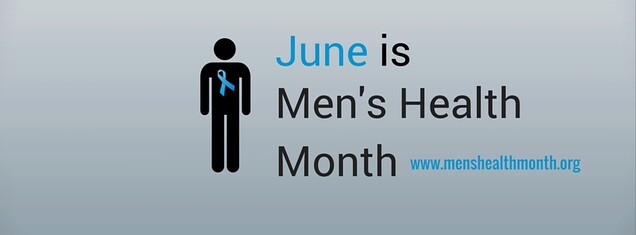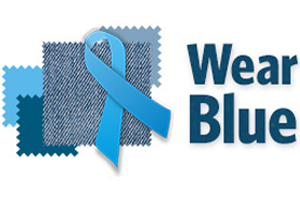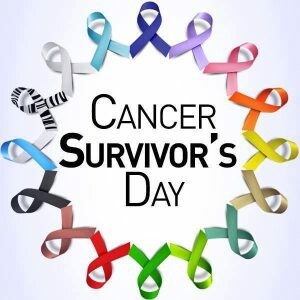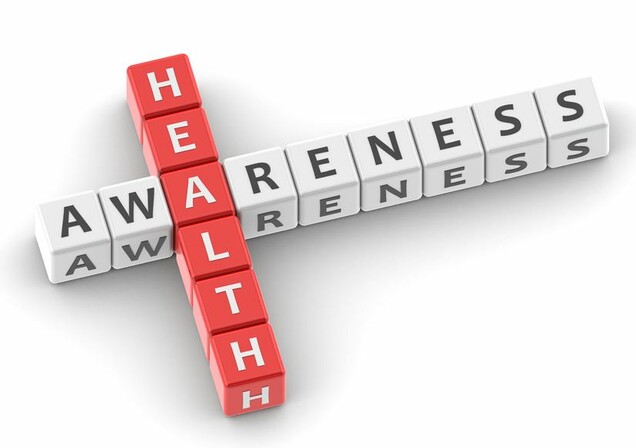- Adult Heart DiseaseDiseases of the arteries, valves, and aorta, as well as cardiac rhythm disturbances
- Pediatric and Congenital Heart DiseaseHeart abnormalities that are present at birth in children, as well as in adults
- Lung, Esophageal, and Other Chest DiseasesDiseases of the lung, esophagus, and chest wall
- ProceduresCommon surgical procedures of the heart, lungs, and esophagus
- Before, During, and After SurgeryHow to prepare for and recover from your surgery
“Recognizing and preventing men’s health problems is not just a man’s issue. Because of its impact on wives, mothers, daughters, and sisters, men’s health is truly a family issue.”
(Former Congressman Bill Richardson)

The month of June is dedicated to men and their health, intended to heighten the awareness of preventable health problems and encourage early detection and treatment of disease among men and boys. Men’s Health Month is celebrated across the country with screenings, health fairs, media appearances, and other health education and outreach activities.
This is an important effort, as women are 100% more likely to visit the doctor for annual examinations and preventive services than men, according to the US Centers for Disease Control and Prevention (CDC).
The centerpiece of Men’s Health Month is National Men’s Health Week, a special awareness period passed by Congress and signed into law in 1994. This year, National Men’s Health Week starts on June 13, and ends on Fathers’ Day, June 19.
One of the special events of the week is Wear Blue Friday. Everyone—women and men—are encouraged to wear blue on June 17, the Friday before Father’s Day, in support of raising awareness about men’s health issues.

The CDC suggests the following healthy steps:
- Get Good Sleep: Adults need between 7-9 hours of sleep. Insufficient sleep is associated with a number of chronic diseases and conditions, such as diabetes, cardiovascular disease, obesity, and depression.
- Toss Out the Tobacco: It’s never too late to quit. Quitting smoking has immediate and long-term benefits. It improves your health and lowers your risk of heart disease, cancer, lung disease, and other smoking-related illnesses.
- Move More: Adults need at least 2.5 hours of moderate-intensity aerobic activity every week, and muscle strengthening activities that work all major muscle groups on two or more days a week.
- Eat Healthy: Eat a variety of fruits and vegetables every day. Fruits and vegetables have many vitamins and minerals that may help protect you from chronic diseases. Limit foods and drinks high in calories, sugar, salt, fat, and alcohol.
- Manage Stress: Stress can be harmful when it is severe enough to make you feel overwhelmed and out of control. Take care of yourself. Avoid drugs and alcohol. Find support. Connect socially. Stay active.
- Don’t Wait! See your doctor for checkups. Certain diseases and conditions may not have symptoms, so checkups help identify issues early. Pay attention to signs and symptoms such as chest pain, shortness of breath, excessive thirst, and problems with urination. If you have these or symptoms of any kind, see your doctor as soon as possible.
- Know Your Numbers: Keep track of your numbers for blood pressure, blood glucose, cholesterol, body mass index (BMI), or any others you may have. If your numbers are high or low, your doctor can explain what they mean and suggest how you can get them in a healthier range. Be sure to ask your doctor what tests you need and how often you need to repeat them.

National Cancer Survivors Day is a celebration for those who have survived, an inspiration for those recently diagnosed, a gathering of support for families, and an outreach to the community.
This day—sponsored by the National Cancer Survivors Day Foundation—is Sunday, June 5, 2022. Anyone living with a history of cancer – from the moment of diagnosis through the remainder of life – is a cancer survivor, according to the Foundation. In the United States, there are 16.9 million cancer survivors (this represents 5% of the population), and the American Cancer Society predicts there will be more than 21 million in the next 10 years.
National Cancer Survivors Day also provides an opportunity to draw attention to the ongoing challenges of cancer survivorship by promoting more resources, research, and survivor-friendly legislation to improve cancer survivors’ quality of life.
According to the American Cancer Society, approximately 1.9 million new cancer cases are expected to be diagnosed in 2021. More than 606,500 Americans are expected to die of cancer this year, which translates to approximately 1,660 people per day. Cancer is the second most common cause of death in the US, exceeded only by heart disease, and accounts for nearly 1 of every 4 deaths.
Thanks to advances in cancer prevention, early detection, treatment, and follow-up care, more people than ever are surviving the disease. From 1991 to 2018, the total cancer death rate dropped 31%. This decline means that more than 1.7 million cancer deaths were avoided. Death rates are declining for all four of the most common cancer types – lung, colorectal, breast, and prostate.


